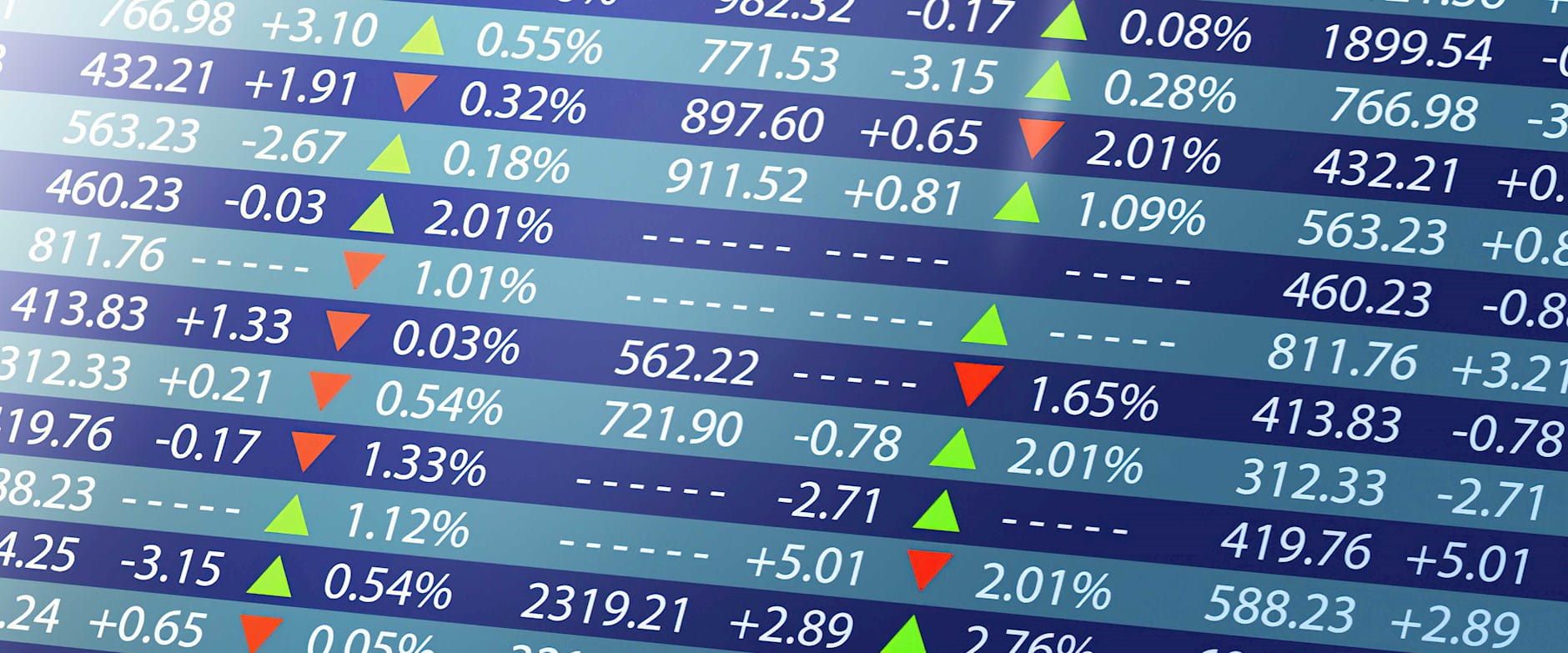It’s been two decades since IBM’s Deep Blue beat chess champion Garry Kasparov, and computers have become even smarter. Machines can now understand text, recognize voices, classify images, and beat humans in Go, a board game more complicated than chess, and perhaps the most complicated in existence.
And research suggests today’s computers can also predict asset returns with an unprecedented accuracy.
Yale University’s Bryan T. Kelly, Chicago Booth’s Dacheng Xiu, and Booth PhD candidate Shihao Gu investigated 30,000 individual stocks that traded between 1957 and 2016, examining hundreds of possibly predictive signals using several techniques of machine learning, a form of artificial intelligence. They conclude that ML had significant advantages over conventional analysis in this challenging task.
ML uses statistical techniques to give computers abilities that mimic and sometimes exceed human learning. The idea is that computers will be able to build on solutions to previous problems to eventually tackle issues they weren’t explicitly programmed to take on.
“At the broadest level, we find that machine learning offers an improved description of asset price behavior relative to traditional methods,” the researchers write, suggesting that ML could become the engine of effective portfolio management, able to predict asset-price movements better than human managers.
The researchers created an ML-based forecasting model, which they used to predict an asset’s risk premium, or the compensation an investor receives for taking on the risk of capital losses. They define this as the return of a given asset over that of a risk-free investment such as short-term US Treasuries.
Of almost 100 characteristics the researchers investigated, the most successful predictors were price trends, liquidity, and volatility.
“Measurement of an asset’s risk premium is fundamentally a problem of prediction,” they write. “Machine learning, whose methods are largely specialized for prediction tasks, is thus ideally suited to the problem of risk premium measurement.”
Decision trees and neural nets were the most effective forms of ML for predicting asset prices, the researchers find. Using a decision tree, the computer learns to think in the manner of an expansive flow chart with multiple iterations. A neural net is a learning algorithm meant to mimic biological neural networks. This technique is especially useful in modeling nonlinear and interactive patterns, which the researchers say abound in the world of individual stock returns.
Of almost 100 characteristics the researchers investigated, the most successful predictors were price trends, liquidity, and volatility.
They caution that the findings from their model “do not tell us about economic mechanisms or equilibria,” and they observe that machines are better at forecasting the risk premium for a large and liquid stock than for a small, less liquid one.
Nevertheless, Gu, Kelly, and Xiu conclude that their forecasting model, by digesting a massive data set, improved upon traditional approaches to asset analysis. Managers, they say, could immediately apply ML to problems including market timing, portfolio choice, and risk management.
Shihao Gu, Bryan T. Kelly, and Dacheng Xiu, “Empirical Asset Pricing via Machine Learning,” Working paper, April 2018.
Your Privacy
We want to demonstrate our commitment to your privacy. Please review Chicago Booth's privacy notice, which provides information explaining how and why we collect particular information when you visit our website.
